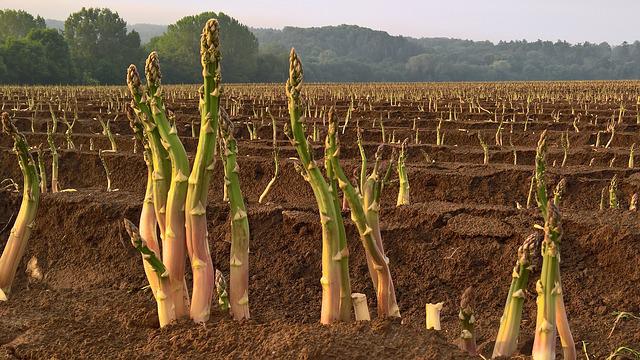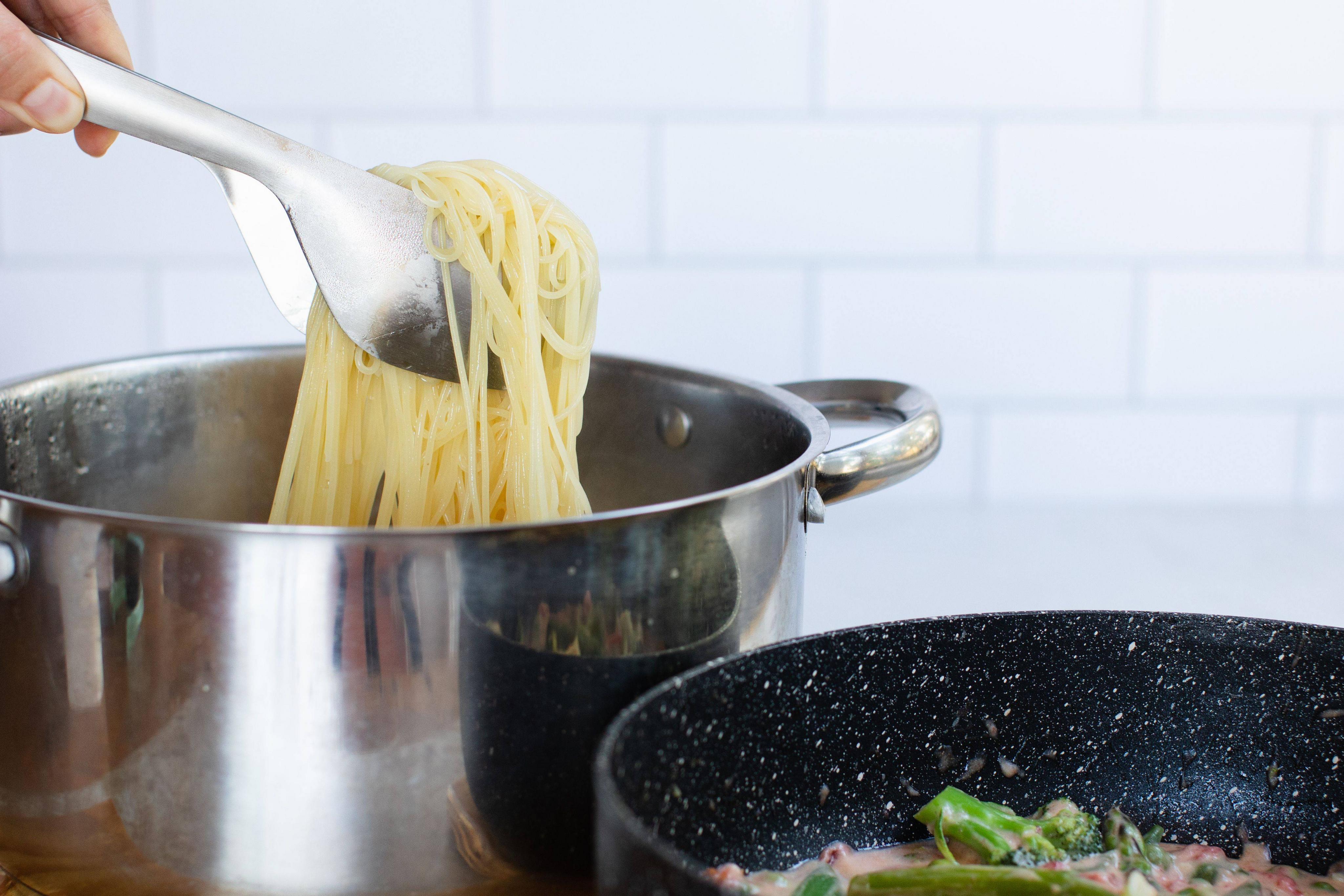
To cook pasta, you need to boil enough water. Each pound of pasta will require 6 quarts of water. It usually feeds 5-6 people. You can also add 3 tablespoons salt. The pasta should be able to float in the water. Stir the pasta occasionally into the boiling water. The time it takes to cook pasta will vary depending on its package.
Italian authentic recipe
When you're looking for an authentic Italian recipe for cooking pasta, you need to know that Italians don't always follow a standard formula. Here are some tips on how to make it Italian. First, make sure that your pasta water has been salted. Salt the water well. Also, don't simply pour the sauce over your noodles. Instead, mix the sauce with your pasta. This will ensure that the pasta is tender and delicious.
Techniques
The basic method for cooking pasta is by boiling, although specific types of pasta can be cooked in various ways, including baking, stir-frying, and deep-frying. Because it preserves its shape, and quality during cooking, a steamer is a good way to prepare pasta. Put the pasta in a saucepan and cover it with enough water to cover. Steam pasta for 8 to 12 minutes for elbows or spaghetti, depending on the size. You can also use a tilt skillet or perforated pan to cook your pasta.

Ingredients
You can cook pasta in any pot, depending on the amount of pasta and the size. Some chefs prefer extra-deep pots to boil pasta, as it makes the long, thin noodles fully submerge. A general rule of thumb is to add 1 tablespoon of salt per pound. You will also need more salt if you use more water. The more salt you use the pasta will absorb, the more flavor it will have.
Time to cook
Most pasta that is dried needs to be cooked in about 10 minutes. Different pasta types may require a different cooking time. Overcooking pasta may strip it of its nutrients. When it is cooked too long, the food bonds are broken, reducing the fiber content. According to the pasta's type and size, you should determine how long it takes. You can find the correct time by reading the instructions and the label.
Carbon footprint
When it comes the carbon footprint of pasta, it is not different than growing cabbage. Rice requires more water to grow than any other crop. How can we reduce the carbon footprint of pasta while also eating rice? WiseFins researchers created a cooking method that uses water to cook pasta, and then reuses the water. Flat-packing, also known as flat-packing, is being increasingly used in furniture manufacturing. This method can also be used for pasta.

Substitutions
Substituting dairy products for milk can make pasta dishes healthier. Milk provides moisture and flavor and is a staple ingredient in many pasta dishes. There are nine options for milk that won't adversely affect the taste and texture of the pasta. Coconut milk, almond milk, and greek Yogurt can be used in place of dairy. You can also use tomato puree or sauce in place of heavy cream if you prefer.
FAQ
How much does culinary school cost?
The cost of a culinary school depends on where you are, how much you study, and what program or course you choose. Tuition costs range from $10,000 to $30,000. Students graduate with approximately $20,000 of debt. There are some programs that offer grants and scholarships as well as work-study options.
Are there any ingredients I can buy to cook?
There is no need to purchase all the ingredients. Premade sauces can be found in most grocery stores. If you are looking to save money, premade meals may be a good option.
Is there a better way to learn to make delicious meals?
Cooking can be something everyone should master. Cooking is a skill that will allow you to enjoy delicious food. When learning how to cook, the first thing to do is find a recipe you love and follow it closely. You'll then want to practice small adjustments until you feel confident making the dish. Try cooking for others. This will allow you to improve your cooking skills and test your abilities.
How to Become a Chef?
There are many options for becoming a chef. Begin by enrolling at a community college. Consider attending culinary school. A paid internship is another option.
How can I learn more about cooking?
There are numerous cooking classes offered across the country. Many schools offer courses on baking, pastry, or wine tasting. You can learn more about how to cook by enrolling in a class at either a local vocational school or community college.
How much does it cost to study Culinary Arts?
You will find that the price to study culinary arts is variable. A four-year degree in culinary arts typically costs around $40,000. A two-year associate degree, on the other hand may cost less than $5,000. The tuition rate you choose depends on the program. Prices for tuition are higher in private institutions than they are for public ones.
What Are the Requirements To Be a Chef?
A bachelor's degree is required to become a chef. In addition, you need to pass a series of tests administered by the ACF. After completing these requirements, you will be awarded a certificate that confirms your qualifications.
Statistics
- On average, chefs earn $58,740 a year, according to the BLS. - learnhowtobecome.org
- under 10 Kids have been taught that there is special food just for them, and Fiese says that 10 percent of kids will throw a tantrum if they don't get the food they want. (washingtonpost.com)
- The median pay for a chef or head cook is $53,380 per year or $25.66/hour, according to the U.S. Bureau of Labor Statistics (BLS). (learnhowtobecome.org)
External Links
How To
How to make a perfect eggroll
Omelets are my favorite breakfast dish. But how do you make them perfectly? I have tried many different recipes and methods, but none of them work. So I am sharing some tips and tricks today to help you make fluffy, delicious omelets every morning.
We should first know that eggs are very temperamental ingredients when making omelets. The eggs must be fresh from an organic source and kept at room temperature until they are ready to be cooked. If they are not kept cold enough, the whites won’t form properly. The yolks will also break down too quickly and become runny. This makes your omelets look weirdly colored. If you want to make omelets right away, it's best not to use eggs that are too cold.
Another tip is to separate your egg before adding it into the pan. Because this could cause your omelet to become curdled, you don't want any yolk to be mixed with any white.
The egg can burn if it is placed directly on the stovetop. Instead, microwave the egg for 10 seconds before adding it to the pan. The heat from the microwave cooks the egg just enough without overcooking it.
Next, let us talk about how to mix the eggs. You want to mix the eggs thoroughly before you add them. To do this, take the bowl from the mixer and flip it upside-down. Next, shake the bowl vigorously. This allows the air to be whipped and the egg to be mixed thoroughly.
The fun part begins - you need to pour the milk into your mixture. First, pour half of the milk into the beaten eggs and then fold the eggs gently into the remaining milk. You don't need to worry if streaks remain. They will disappear once you flip your omelet.
After you have done folding the eggs, heat the pan on medium heat. The oil will start to smoke. Once the oil starts getting hot, add 1/4 cup of butter to the pan and swirl it around to coat the entire surface of the pan. Next, carefully open the lid and sprinkle salt into your pan. Salt will prevent the omelet sticking to the pan.
Cover the pan once the omelet is formed and allow it to cool completely. Flip the omelet with a spatula, or flip it upside down. Cook the other side for another minute or two. Serve the omelet immediately by removing it from the pan.
This recipe works best using whole milk. Skimmed milk is also possible.